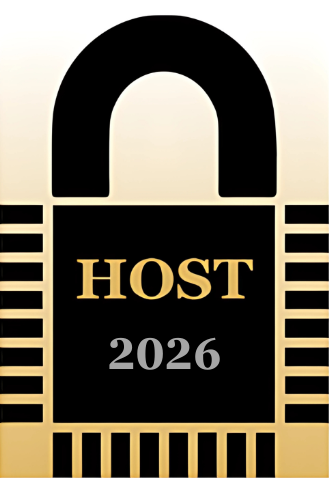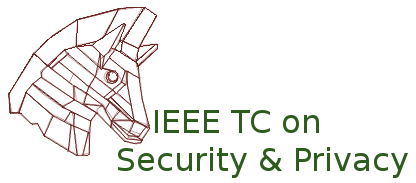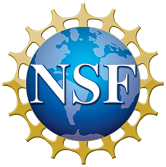IEEE International Symposium on Hardware Oriented Security and Trust (HOST)
Tutorial #5: Security in Quantum Computing Era
Presenter Information
Jakub Szefer's research focuses on computer architecture and hardware security. His research encompasses secure processor architectures, cloud security, FPGA attacks and defenses, hardware FPGA implementation of cryptographic algorithms, and and quantum computer security. His research is supported through National Science Foundation and industry grants and donations. He is currently an Associate Professor of Electrical Engineering and Computer Science at Northwestern University, where he leads the Computer Architecture and Security Laboratory (CASLAB). He received Ph.D. and M.A. degrees in Electrical Engineering from Princeton University, and B.S. degree with highest honors in Electrical and Computer Engineering from University of Illinois at Urbana-Champaign. Jakub is the author of first book focusing on processor architecture security: “Principles of Secure Processor Architecture Design”, published in 2018, and recent book on “Security of FPGA-Accelerated Cloud Computing Environments”, published in 2024. He has published extensively about quantum computer security and organizes the yearly Quantum Computer Cybersecurity Symposium (QCCS).
Overview
This proposal is for 2nd version of the tutorial on security of quantum computing systems. The 2024 tutorial was highly attended and this tutorial will extend the prior year's tutorial, while keeping the scope suitable for people who did not attend last year. Especially, this tutorial will introduce the audience to the emerging field of quantum computer cybersecurity, which focuses on research on how to make quantum computing systems secure. With rapid advances in quantum computer technologies, as the number of qubits increases, and the fidelity of the qubits and operations improves, these computers will be able to generate novel drugs or material compounds. Once the computers are generating or processing sensitive or valuable information, they will become a target for security attacks. Moreover, many quantum computers are already cloud-based. Remove, on-demand cloud computing like access to quantum computers makes them vulnerable to security attacks. First, this tutorial will introduce audience to classical computer security ideas such as threat modeling, confidentiality, integrity, and availability, information leaks, side- and covert-channel attacks. Second, this tutorial will demonstrate examples of security attacks prototyped on real cloud-based NISQ quantum computers available today, and preliminary exploration of attacks on fault-tolerant quantum computers. Third, the tutorial will present designs for securing the cloud-based NISQ and fault-tolerant quantum computers from the security attacks. Lastly, the tutorial will present challenges and opportunities to build quantum computer security from the ground up, rather than patch them later once security attacks have occurred in the wild. The tutorial will also discuss post-quantum cryptography and put it in the context of quantum computer security.
Prerequisites and Required Materials
- None, this will be presentation and discussion based tutorial.






